Iriomote, the Wild Island in the East China Sea
Iriomote, located in Okinawa Prefecture in southern Japan, is 90% covered in forests and mangroves, making it a natural paradise.
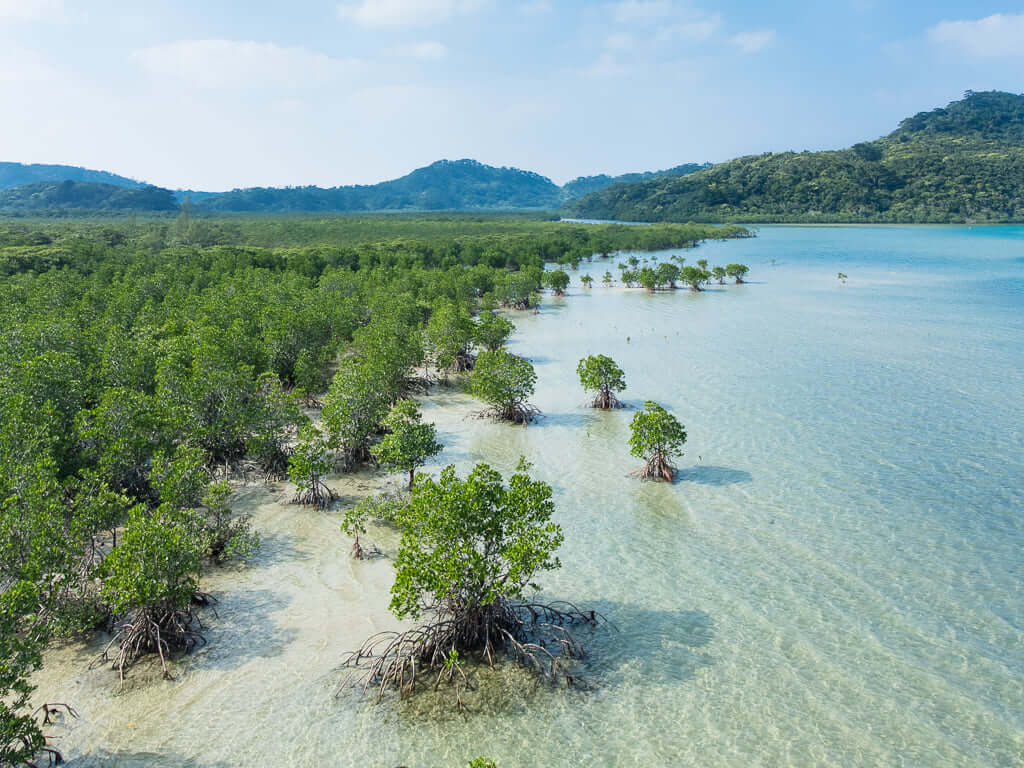
© Wikimedia
The second largest island in the Sakishima archipelago in Okinawa Prefecture, Iriomote has remained in a state of wilderness. Not easy to access, as it can only be reached by an approximately one-hour-long boat ride from the neighbouring island of Ishigaki, Iriomote is also known for its lush vegetation. Ninety percent of its surface area is covered by mangroves, dense forests, and small mountains.
The area has been hardly altered by human hands for two reasons in particular: Iriomote was a hotbed of malaria until the end of the Second World War, and it lies in the path of typhoons that strike Japan in late summer. This island, located just 200 km from Taiwan, which makes it one of Japan’s southernmost islands, has only 2000 inhabitants.
One of the most preserved environments in the country
Served almost exclusively by one road that snakes along a large part of the coast (apart from the south-west of the island, which can only be accessed by boat), Iriomote is mainly to be visited on foot, with hikes through the forest, or by boat, to discover the mangroves. Finally, like all the Okinawa islands, Iriomote is surrounded by a coral reef that will delight scuba diving enthusiasts.
Iriomote is also known for the iriomote yamaneko, a wild cat endemic to the island, which was classed as a national natural monument in 1972 by the Ministry of the Environment. This isn’t the only island in Okinawa Prefecture to have conserved its environment; its neighbour Taketomi, which can only be navigated by car, also seems to have been frozen in time.
Iriomote can be accessed by boat from Ishigaki Island, which has its own airport.
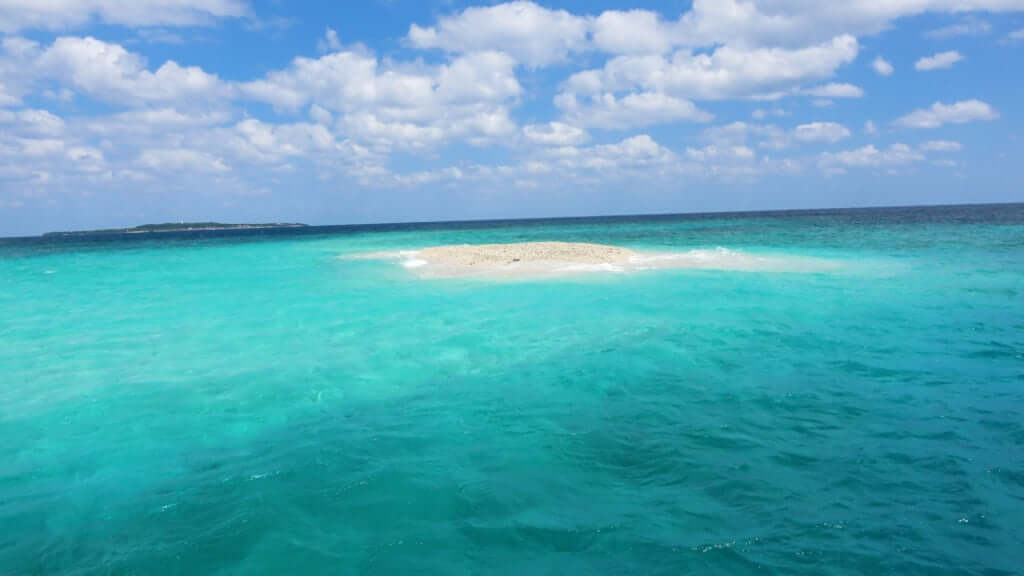
© JNTO
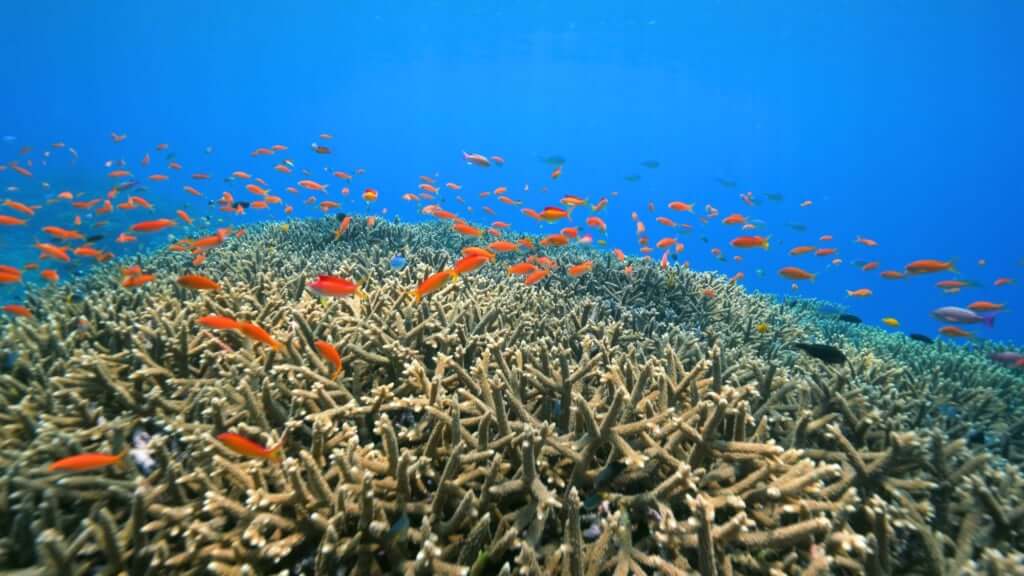
© JNTO
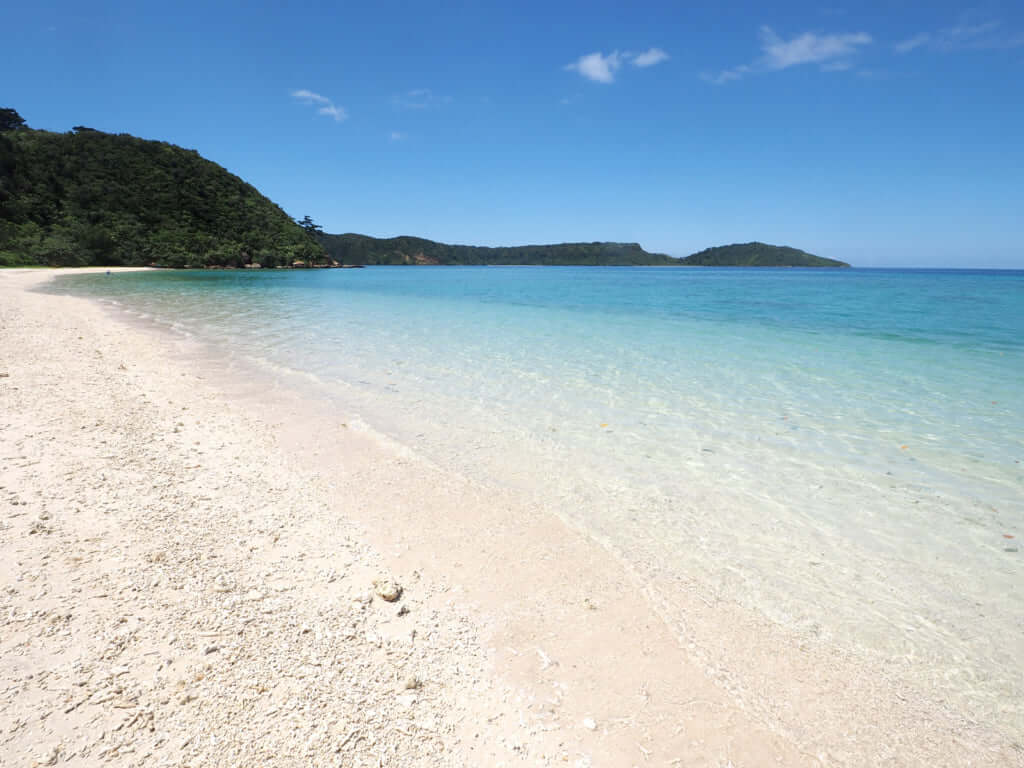
© Wikimedia
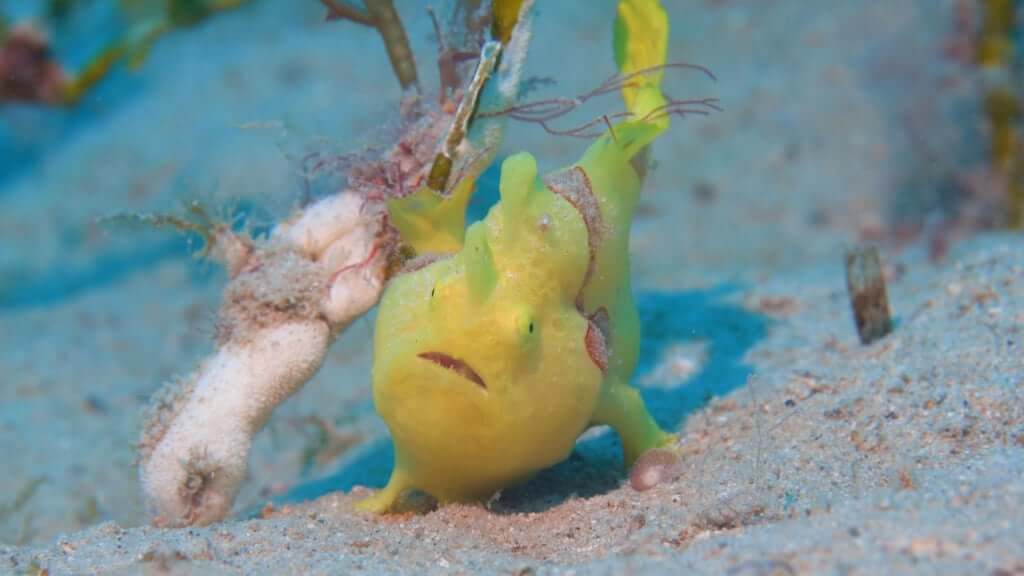
© JNTO
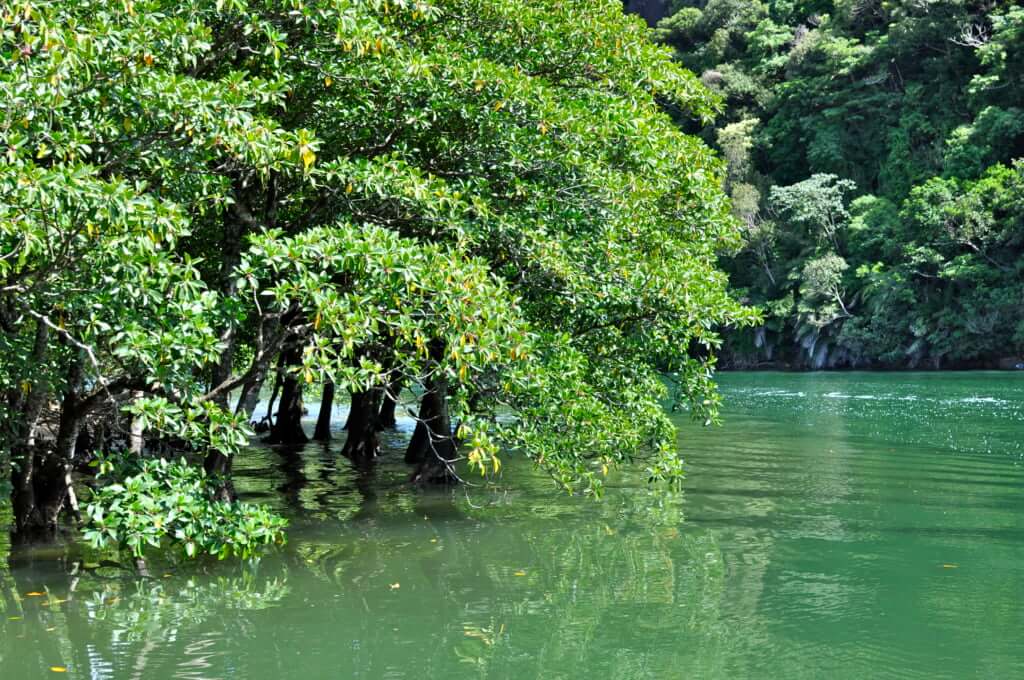
© Wikimedia
TRENDING
-
A House from the Taisho Era Reveals Its Secrets
While visiting an abandoned building, Hamish Campbell discovered photographs the owner had taken of the place in the 1920s.

-
The Taboo-Breaking Erotica of Toshio Saeki
The master of the 1970s Japanese avant-garde reimagined his most iconic artworks for a limited box set with silkscreen artist Fumie Taniyama.

-
With Meisa Fujishiro, Tokyo's Nudes Stand Tall
In the series 'Sketches of Tokyo', the photographer revisits the genre by bringing it face to face with the capital's architecture.

-
Masahisa Fukase's Family Portraits
In his series ‘Family’, the photographer compiles surprising photos in which he questions death, the inescapable.

-
Hajime Sorayama's Futuristic Eroticism
The illustrator is the pioneer for a form of hyperrealism that combines sensuality and technology and depicts sexualised robots.





